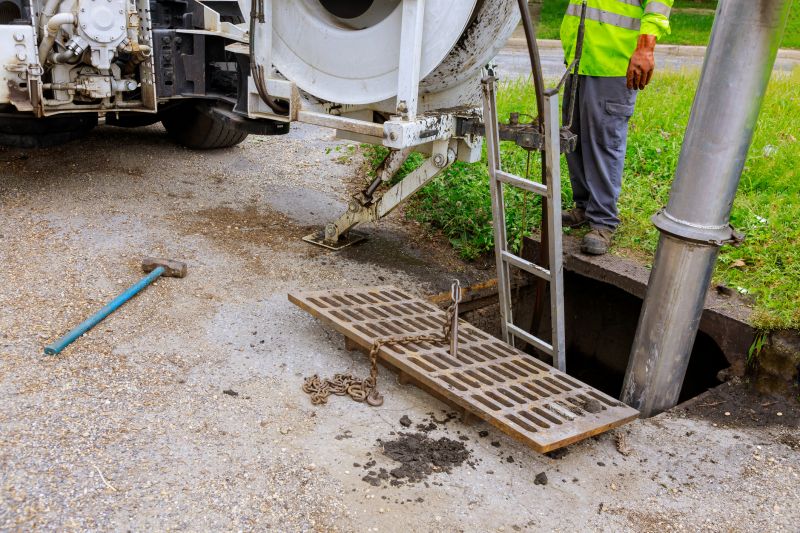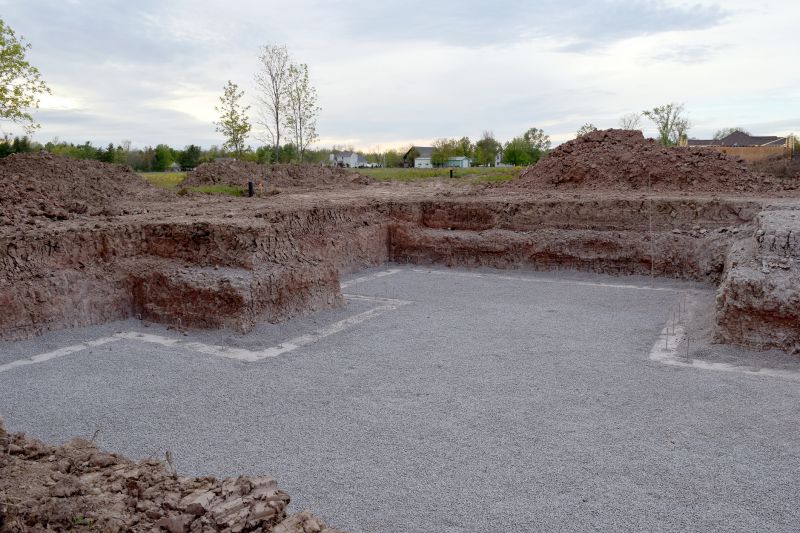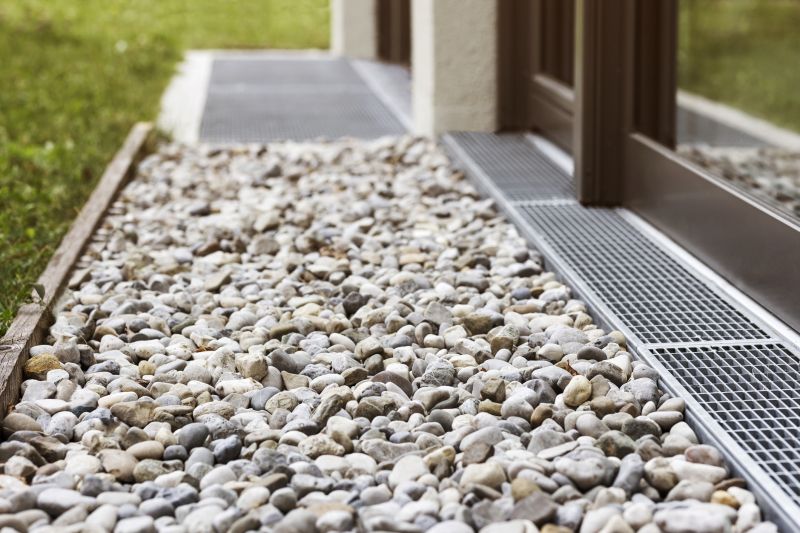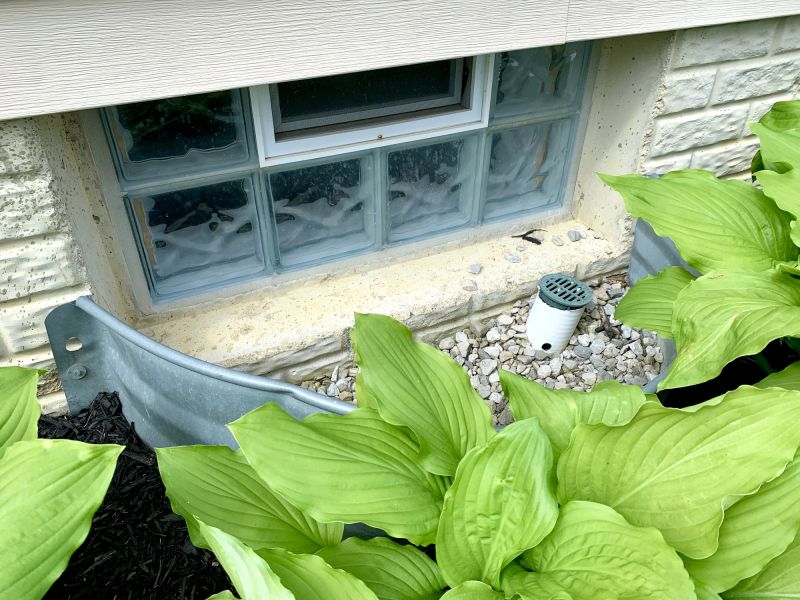Catch Basin Installation Costs Overview

Ease of access to the installation site can significantly affect labor and equipment costs.

Type of soil and ground stability influence excavation and foundation requirements.

Choosing higher-grade materials may increase initial costs but can offer longer-lasting performance.
| Factor | Average Cost Range |
|---|---|
| Basic Catch Basin Installation | $1,200 - $2,500 |
| Complex Site with Difficult Access | $2,500 - $5,000 |
| High-Quality Materials | $3,000 - $6,000 |
| Additional Excavation Work | $1,000 - $3,000 |
| Custom Grates or Covers | $500 - $1,500 |
| Permitting and Inspection | $300 - $800 |
| Drainage System Integration | $1,500 - $4,000 |
The installation cost of a catch basin varies depending on site-specific conditions and material choices. Basic installations on accessible sites tend to be more economical, while complex sites with challenging soil conditions or custom components can significantly increase expenses. Proper planning and assessment can help identify potential cost factors and ensure the installation aligns with project requirements.

Proper connection points are essential for effective drainage and can affect installation costs.

Different designs and materials for grates influence both cost and functionality.

Quality internal components ensure durability and optimal water flow, impacting overall expenses.
| Service | Average Price Range |
|---|---|
| Catch Basin Replacement | $1,000 - $3,000 |
| Drainage System Design | $2,000 - $5,000 |
| Grate Replacement | $300 - $1,200 |
| Drainage Inspection | $200 - $600 |
| Custom Catch Basin Fabrication | $2,500 - $7,000 |
| Sediment Removal and Cleaning | $150 - $400 |
| Drainage System Maintenance | $500 - $1,500 |
The costs associated with catch basin services vary based on the scope and complexity of each task. Replacement projects typically involve removal of existing units and installation of new components, while system design requires detailed planning and engineering. Regular inspection and cleaning are essential for maintaining optimal performance and can prevent costly repairs over time.
Investing in quality materials and proper installation techniques can extend the lifespan of drainage components, reducing the need for frequent repairs. Understanding the range of services and associated costs enables better budgeting and ensures the drainage system functions effectively under varying conditions.



